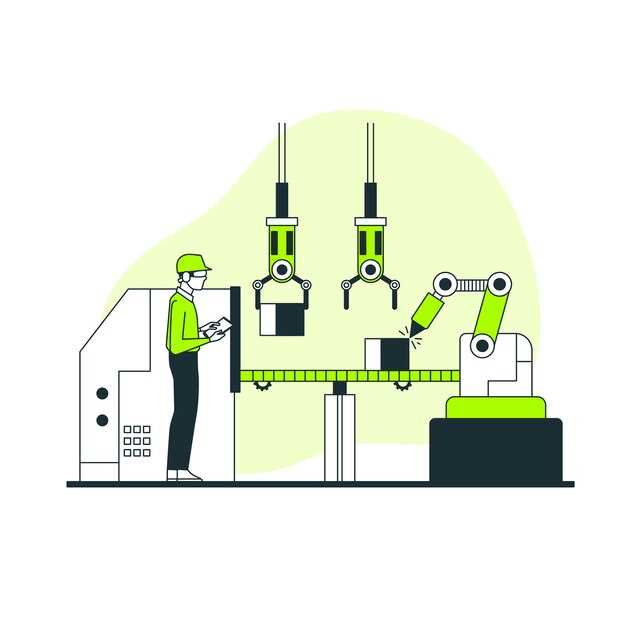
In the realm of automotive performance and customization, upgrading to adjustable control arms has emerged as a popular choice among enthusiasts and professionals alike. These components play a crucial role in a vehicle’s suspension system, influencing handling, alignment, and overall ride quality. By making adjustments to the control arms, drivers can fine-tune their vehicles to meet specific performance needs, whether for daily driving, track use, or off-road adventures.
One of the primary benefits of installing adjustable control arms is the enhanced ability to correct alignment settings. As vehicles are modified for height or weight distribution changes, traditional fixed control arms may fail to provide optimal suspension geometry. Adjustable options allow for precise adjustments, ensuring that camber, caster, and toe settings can be dialed in for better tire wear and improved traction.
Moreover, adjustable control arms can contribute to improved handling characteristics. By allowing for a range of adjustments, drivers can tailor their suspension setups to match their individual driving styles and conditions. This flexibility leads to a more responsive and enjoyable driving experience, particularly during aggressive cornering or variable terrain conditions.
In addition to performance enhancements, upgrading to adjustable control arms offers a practical solution for extended vehicle lifespan. Properly aligned suspension components reduce stress on tires and other related parts, contributing to lower maintenance costs over time. Thus, investing in adjustable control arms becomes not merely a performance upgrade but a strategic decision for longevity and reliability.
This article will delve deeper into the myriad benefits of adjustable control arms, exploring insights from industry experts and user experiences, ultimately guiding you in making an informed choice about your vehicle’s suspension upgrades.
Understanding the Performance Improvements with Adjustable Control Arms

Adjustable control arms play a crucial role in enhancing vehicle performance, particularly in terms of handling, stability, and overall driving dynamics. By allowing precise adjustments to the suspension geometry, these components contribute to optimized tire alignment and improved traction. This section delves into the specific performance improvements that come with upgrading to adjustable control arms.
Enhanced Suspension Geometry
One of the primary benefits of adjustable control arms is their ability to fine-tune suspension geometry. Correct alignment is essential for maximizing tire contact with the road, which directly influences stability and handling. With adjustments, drivers can optimize camber and caster angles, leading to improved cornering grip and reduced tire wear.
Improved Handling Characteristics
By enabling modifications to suspension settings, adjustable control arms allow for a tailored driving experience. Whether for daily driving or high-performance applications, enthusiasts can adjust the suspension to match their specific driving style and conditions. This adaptability results in heightened responsiveness, allowing for better control during turns and improved maneuverability on various terrains.
Increased Ride Height Adjustability
Adjustable control arms often provide the flexibility to modify ride height. This capability not only facilitates the customization of the vehicle’s stance but also influences the center of gravity. Lowering the vehicle can enhance aerodynamics and reduce body roll, while raising it may improve ground clearance for off-road scenarios, thus broadening the vehicle’s operational capabilities.
Enhanced Durability and Performance Under Load
Quality adjustable control arms are typically constructed from stronger materials than standard components. This enhancement leads to increased durability, allowing them to withstand extreme loads and stress during aggressive driving. Consequently, this resilience contributes to a more stable vehicle under demanding conditions, ensuring consistent performance.
Potential for Alignment Precision
With adjustable control arms, alignment settings become more precise and easily repeatable. This precision brings added confidence for drivers who frequently adjust their vehicle for various purposes–be it track days, off-road adventures, or street driving. Regular alignment checks can yield valuable insights into tire health and overall performance.
In summary, the transition to adjustable control arms significantly boosts performance through enhanced suspension geometry, tailored handling characteristics, improved ride height adjustability, increased durability, and precise alignment precision. These benefits contribute to a more enjoyable and efficient driving experience, catering to the needs of both everyday drivers and automotive enthusiasts alike.
Choosing the Right Adjustable Control Arms for Your Vehicle
Selecting the appropriate adjustable control arms for your vehicle involves several key considerations. First, it is essential to determine the specific purpose for which the control arms will be used. Whether for daily driving, off-road adventures, or track performance, each application demands different specifications and features.
Next, consider the type of suspension system in your vehicle. Adjustable control arms are available for a variety of setups, including independent front and rear suspensions. Ensure compatibility with your vehicle’s make and model to avoid any fitting issues.
Material quality is also crucial. Look for control arms made from high-strength materials like steel or aircraft-grade aluminum, which provide durability and resistance to bending and breaking under stress. Additionally, consider the type of joints used in the control arms. Options like polyurethane or rubber bushings can impact ride quality and articulation, while heim joints might offer increased adjustability but could introduce noise and vibration.
Another important factor is the adjustability range. Assess how much adjustment your vehicle requires. Some control arms offer features like camber adjustability, which can help optimize tire wear and handling characteristics. Ensure that the adjustable range aligns with your vehicle’s existing suspension geometry.
Lastly, always check user reviews and testimonials to gauge the performance and reliability of specific brands or models. User experiences can provide valuable insights into the long-term benefits and potential issues with the control arms you are considering.
Installation Tips and Common Mistakes to Avoid

When upgrading to adjustable control arms, proper installation is crucial for optimal performance and safety. Here are some essential tips to ensure a successful installation:
1. Read the Manual: Before starting, thoroughly read the manufacturer’s instructions. Each adjustable control arm may have specific requirements and installation procedures that are critical to follow for alignment and functionality.
2. Gather Tools: Ensure you have all the necessary tools on hand, including a torque wrench, socket set, and an alignment tool. Having the right equipment will make the process smoother and prevent delays.
3. Check Alignment Settings: Before removal, take note of the current alignment settings. This information will serve as a baseline and assist you in correctly adjusting the new control arms to the desired specifications.
4. Use a Reliable Jack and Stands: Always use a sturdy jack and jack stands to lift the vehicle. This ensures safety while you work underneath the car and prevents accidents during the installation process.
5. Disassemble with Care: When removing the old control arms, carefully detach them without damaging surrounding components. Make sure to keep all hardware organized for reinstallation.
6. Lubrication: Apply lubrication to the bushings and joints of the new control arms as recommended. This can prevent squeaks and enhance the longevity of the components.
7. Torque Specifications: After installing, use a torque wrench to tighten all bolts to the manufacturer’s specifications. Over-tightening or under-tightening can lead to failure or misalignment of the control arms.
8. Perform a Final Inspection: After installation, conduct a thorough inspection of the control arms and surrounding areas to ensure everything is secure and properly aligned. Check for any signs of misalignment or wear.
Common mistakes to avoid during the installation process include:
1. Neglecting the Setup: Failing to set the adjustable control arms to the correct specifications before tightening can lead to improper vehicle handling and performance issues.
2. Forgetting to Align: Skipping the alignment process after installation is one of the most significant mistakes. Proper alignment is critical for tire wear and overall vehicle stability.
3. Improper Use of Tools: Using the wrong tools or inadequate equipment can damage components or lead to incorrect installation. Always select the appropriate tools to avoid potential issues.
4. Rushing the Process: Installation should be approached methodically rather than rushed. Hurrying increases the likelihood of errors and oversights, which can compromise safety and functionality.
5. Ignoring Professional Help: If you are unsure about any aspect of the installation, seek assistance from a professional mechanic. Attempting to complete complicated tasks without adequate knowledge can result in costly mistakes.
By following these tips and avoiding common pitfalls, you can ensure a successful upgrade to adjustable control arms, optimizing your vehicle’s performance for a better driving experience.


